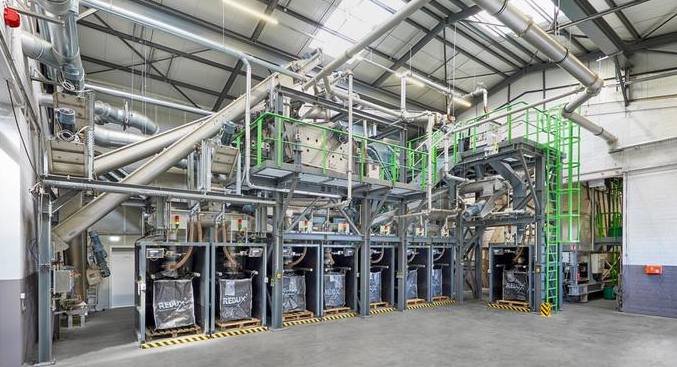A European Union study found that half of old batteries end up in the trash, while most household batteries sold in supermarkets and elsewhere are still alkaline. In addition, there are rechargeable batteries based on nickel(II) hydroxide and cadmium, called nickel cadmium batteries, and more durable lithium-ion battery (lithium-ion battery) , commonly used in portable devices and gadgets. Rechargeable batteries of the latter type use large quantities of valuable raw materials such as cobalt, nickel, copper and lithium. About half of the country’s household batteries are collected and recycled, according to a study conducted three years ago by the Darmstadt, a German think tank. “In 2019, the quota was 52.22 percent, ” said recycling expert Matthias Buchert of the OCCO institute. “compared to previous years, this is a small improvement, ” becausenearly half of the batteries are still in people’s dustbins, butcher told Deutsche Presse-Agentur, the collection of batteries “must be stepped up” , he said, adding that the current situation regarding battery recycling should prompt political action, particularly at the EU level. EU legislation dates back to 2006, when the lithium-ion battery was just beginning to hit the consumer market. The battery market has fundamentally changed, he says, and the precious raw materials used in lithium-ion battery will be lost forever. “Cobalt for laptops and laptop batteries is very profitable for commercial reuse, ” he notes, not to mention the growing number of electric vehicles, bicycles and car batteries on the market. Trading volumes are still relatively small, he says, but he expects “a big increase by 2020. “Butcher has asked lawmakers to address the issue of battery waste, including strategies to curb the negative social and ecological impacts of resource extraction and the problems posed by the expected explosive growth in demand for batteries.
At the same time, the European Union is streamlining its 2006 battery directive to meet the challenges posed by the growing use of batteries by the G27. The European Parliament is currently discussing a draft law that would include a 95 per cent recycling quota for alkaline and rechargeable nickel-cadmium batteries by 2030. Recycling expert Buchte says the Lithium Industry is not technologically advanced enough to push for higher quotas. But the science is advancing rapidly. “On lithium-ion battery recycling, the commission is proposing a 25 per cent quota by 2025 and an increase to 70 per cent by 2030, ” he said, adding that he believes real systemic change must include leasing a car battery if it is insufficient, just replace it with a new battery. As the battery recycling market continues to grow, buchheit urges companies in the industry to invest in new capacity to meet growing demand. Small companies like Bremerhafen’s Redux, he says, may find it hard to compete with the big players in the car battery recycling market. But there are likely to be plenty of recycling opportunities in low-volume markets such as lithium-ion battery, lawn mowers and cordless drills. Martin Reichstein, redux’s chief executive, echoed that sentiment, stressing that “technically, we have the ability to do more” and believing that, in light of recent political moves by the government to raise the industry’s recycling quota, this business boom is just beginning.
Post time: Jun-23-2021

